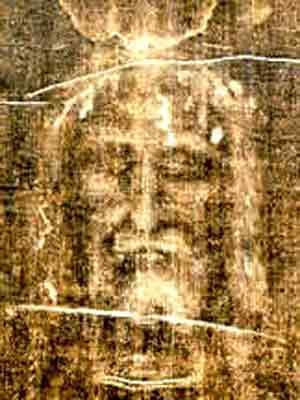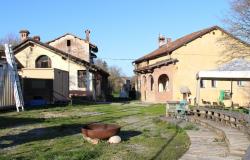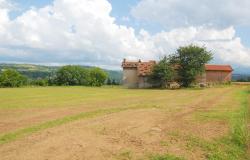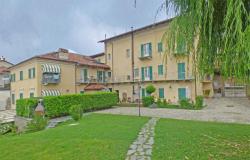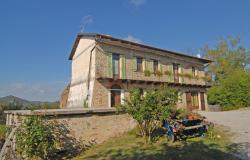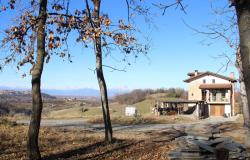Scientific experiments carried out at the University of Padua indicate that the Turin Shroud dates to the first century AD.
The results of the experiments add weight to the traditional claim that the linen cloth showing an imprint of a crucified man is the one that Jesus’ body was wrapped in when he was taken off the cross.
‘Vatican Insider’ reports that the scientists conducted three new tests, using infrared light, Raman spectroscopy and a multi-parametric mechanical test based on five different mechanical parameters linked to the voltage of the wire. Scientists used a machine to examine the shroud’s fibres and test traction, to study tiny fibres alongside approximately 20 samples of cloth dated between 3000 BC and 2000 AD. The results contradict those published in 1988 gained from Carbon-14 testing, which suggested the shroud is a fake dating to medieval times.
The recent tests were conducted at the University of Padua laboratories by professors from various Italian universities. They agree that the shroud dates to the time when Jesus was crucified in Jerusalem and say the results are 95% certain.
The Italian scientists’ results have been published in a book by Giulio Fanti, professor of mechanical and thermal measurement at the University of Padua’s Engineering Faculty, and journalist Saverio Gaeta called ‘Il Mistero della Sindone’ (The Mystery of the Shroud). The book relates Fanti’s findings, which are about to be assessed by a scientific committee.
The Turin Shroud is to feature on a RAI 1 TV programme on Holy Saturday. Pope Francis has recorded a video message to introduce the live broadcast of the Ostension of the shroud from Turin Cathedral on 30 March. During the Ostension, the shroud is removed from its reliquary and raised so it can be viewed easily. The Vatican has no position regarding the shroud’s authenticity.
The Sindone 2.0 application dedicated to the Turin Shroud has been released for smartphones and tablets. The app comes in paid-for and free versions. The paid-for version costs €3.59 and contains high-definition photographs of the cloth, revealing features that are barely visible to the naked eye. The app is available in English, Italian, Spanish and Portuguese.
